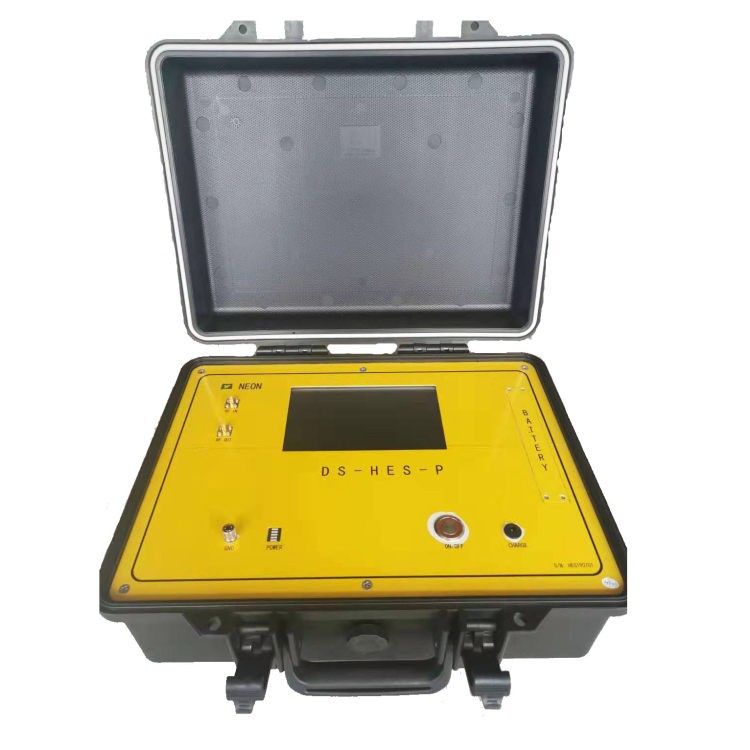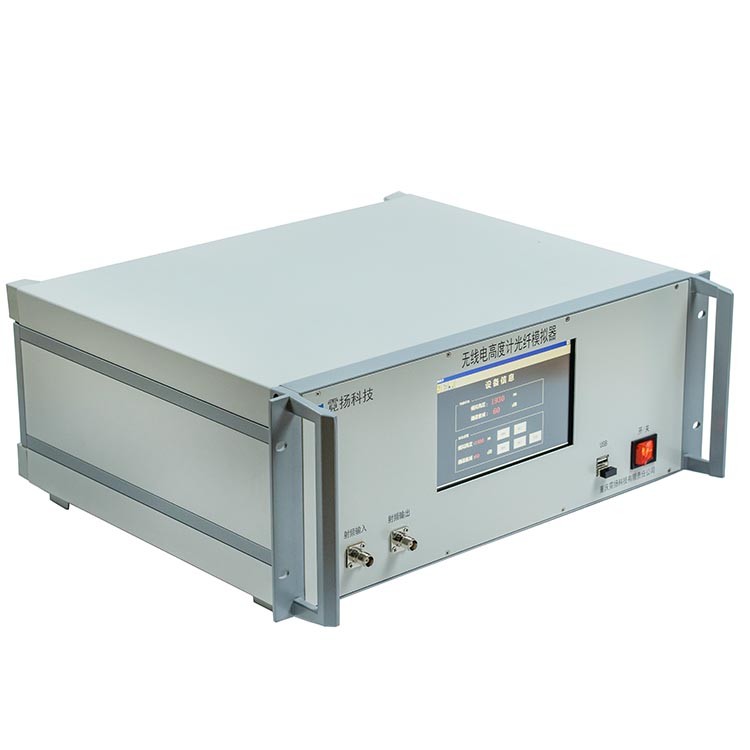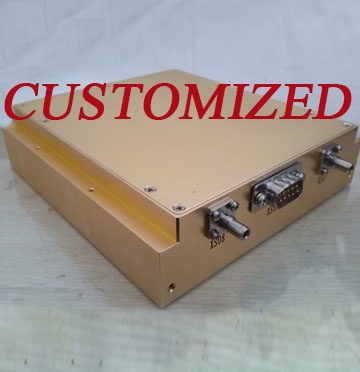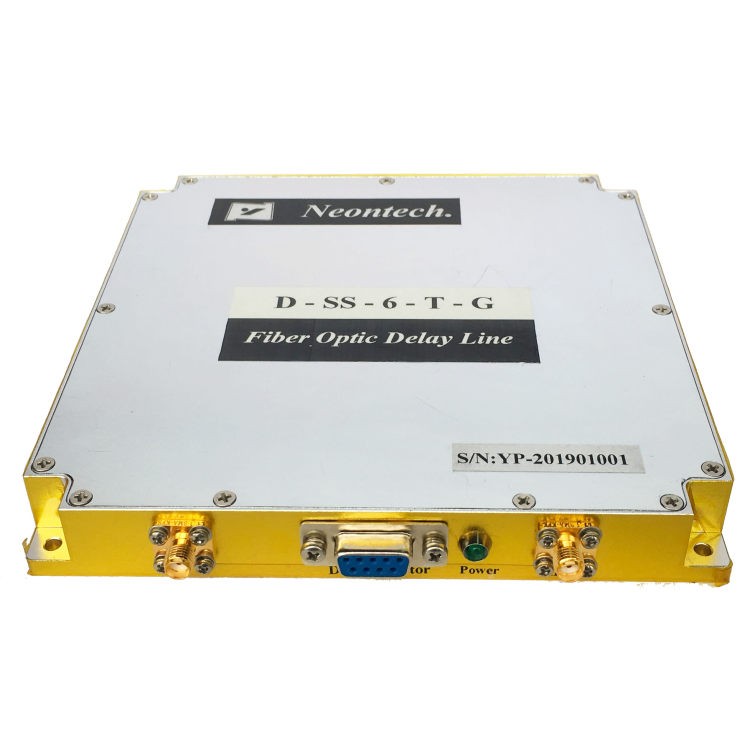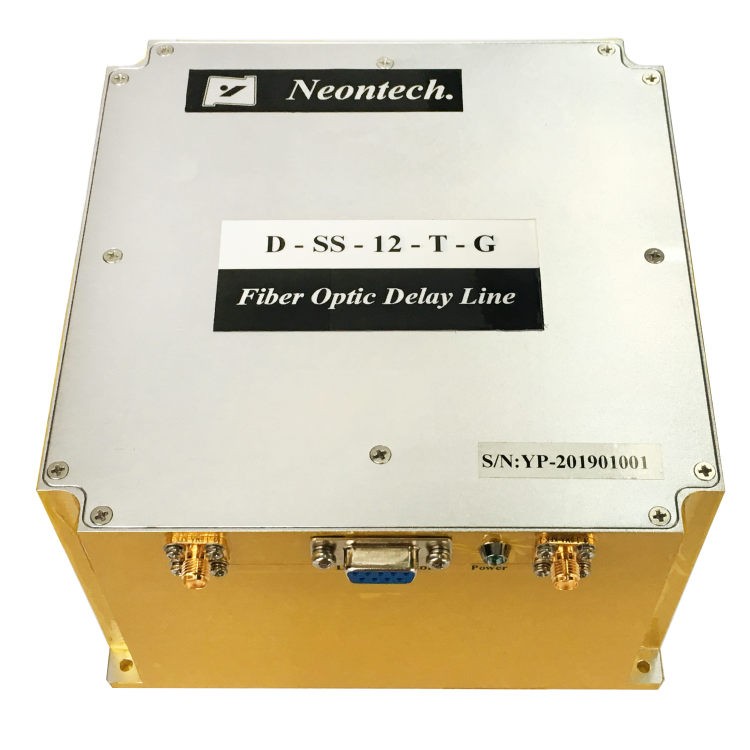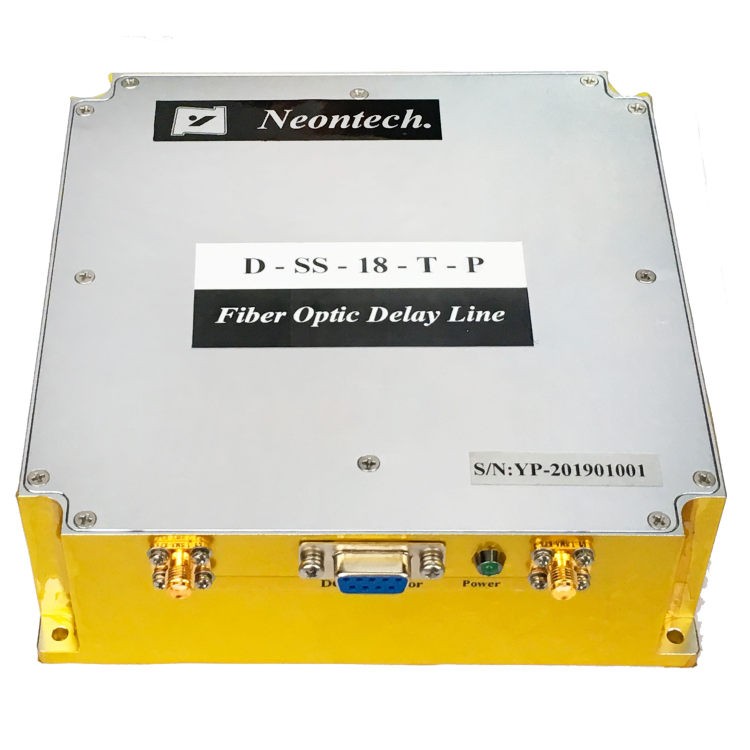Applications of Optical Fiber Delay Line in Optical Simulators
In the ever-evolving landscape of optical communications and radar systems, the quest for precision and reliability has led to the development of sophisticated technologies. Among these, the optical fiber delay line stands out as a critical component in the realm of optical simulation. optical fiber delay lines are instrumental in introducing precise, controllable time delays in optical systems, making them indispensable for simulating the dynamic behavior of complex optical networks and radar systems. This article delves into the intricacies of optical fiber delay lines, their operation, advancements, and applications, particularly in optical simulators.
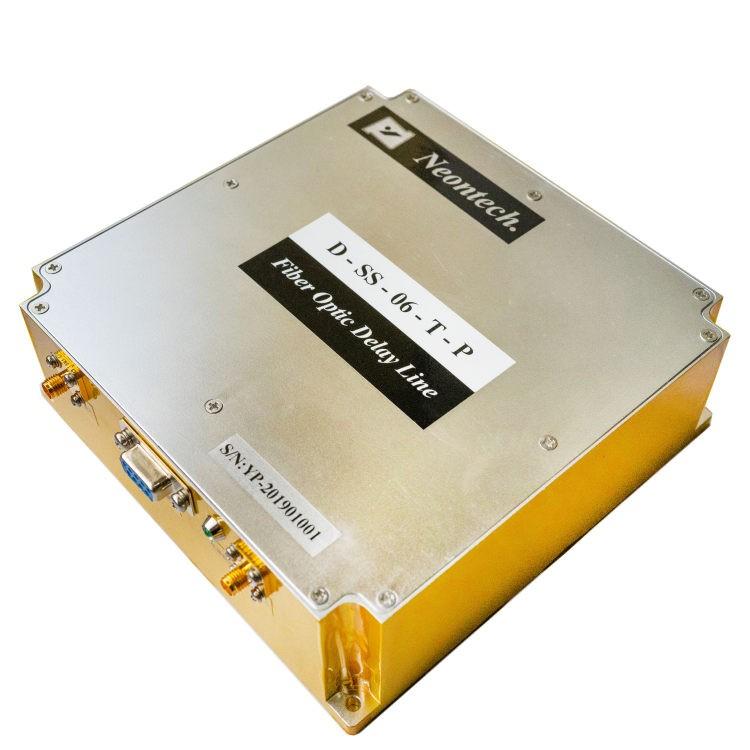
How Optical Fiber Delay Lines Work
The core principle of optical fiber delay lines revolves around manipulating the propagation path length of light in optical fibers to introduce delays. This is achieved through various techniques, such as employing moving mirrors, bending the fiber, or leveraging fiber Bragg gratings. Each method offers distinct advantages in terms of delay range, precision, and flexibility.
In optical simulators, optical fiber delay lines simulate the time differences in light signal propagation across different paths. This is crucial for modeling the behavior of optical communication systems, radar systems, and other optical setups where signal delays can significantly affect performance. The capability to mimic multipath effects, signal propagation delays, and pulse time modulation ensures that optical fiber delay lines play a pivotal role in testing and validating complex optical systems under various conditions.
Latest Research and Product Developments
1. Tunable Optical Delay Lines Based on Wavelength Conversion and Fiber Dispersion
Tunable optical delay lines leverage wavelength conversion and fiber dispersion to achieve variable delays. This approach allows for precise control over the delay time, catering to a wide range of optical simulation scenarios.
2. Reconfigurable Optical Delay Lines Overcoming Bandwidth-Delay Limitations
Reconfigurable optical delay lines are designed to overcome bandwidth-delay limitations, providing greater flexibility and higher performance. These systems can be dynamically adjusted to meet specific simulation needs, making them highly versatile.
3. Enhancements in Performance and Flexibility
Continuous improvements in optical fiber delay line technology have led to enhancements in performance and flexibility. Modern optical fiber delay lines offer low insertion loss, high stability, and a wide operating temperature range, making them suitable for various optical measurement and communication systems.
Design Considerations for Optical Fiber Delay Lines
1. Insertion Loss, Delay Stability, Wavelength Range, and Environmental Adaptability
When designing optical fiber delay lines, several factors need to be considered, including insertion loss, delay stability, wavelength range, and environmental adaptability. These parameters ensure that the delay lines can operate efficiently under different conditions and provide accurate simulations.
2. Low Insertion Loss, High Stability, and Wide Operating Temperature Range in Products
To meet the demands of modern optical systems, optical fiber delay line products are designed with low insertion loss, high stability, and a wide operating temperature range. These features enhance the reliability and performance of optical simulators.
3. Suitability for Various Optical Measurement and Communication Systems
Optical fiber delay lines must be suitable for a wide range of optical measurement and communication systems. This versatility ensures they can be effectively integrated into different simulation environments, providing accurate and reliable results.
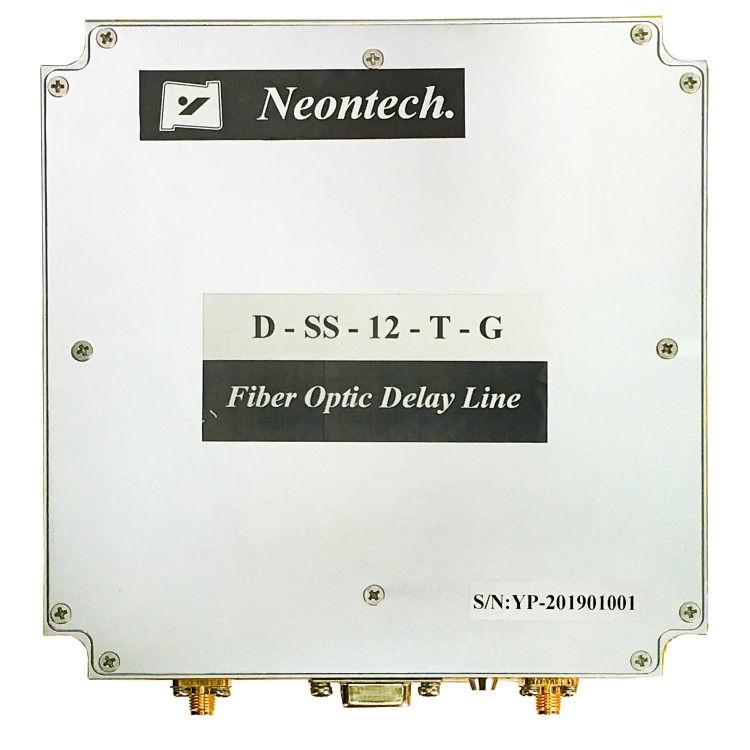
Techniques for Delay Control in Optical Simulators
Various techniques are employed to achieve precise delay control in optical simulators:
1. Nonlinear Effects in Fibers
Nonlinear effects in fibers, such as Stimulated Brillouin Scattering (SBS), Self-Phase Modulation (SPM), and Four-Wave Mixing (FWM), can be used to control the delay. These effects can be manipulated by adjusting parameters like pump power, fiber length, and input signal width to achieve the desired delay.
2. Cascaded Fiber Grating Structures
Cascaded fiber grating structures utilize the reflective properties and group delay characteristics of fiber gratings to introduce delays. By configuring linear chirped Fiber Bragg Gratings (FBGs), different delay times can be achieved through precise wavelength and grating combination control.
3. Multi-Pass Optical Delay Lines
Multi-pass optical delay lines involve multiple paths with different delay times. These delay lines use a series of optical components to achieve precise control over the delay by introducing interference between the paths. This technique allows for highly accurate and customizable delay settings.
Emerging Technologies for Enhancing Optical Fiber Delay Line Performance
Recent research has focused on developing new technologies and methods to enhance optical fiber delay line performance:
1. Spectrum-Sampling Adjustable Delay Lines
Spectrum-sampling adjustable delay lines use SBS to generate a broad gain spectrum, allowing for flexible delay adjustment. This method offers the advantage of continuous delay tuning without signal attenuation, though it faces challenges like narrow working bandwidth and limited delay range.
2. Electro-Optical Fiber Delay Lines
Electro-optical fiber delay lines incorporate high-precision components like voice coil motors and linear encoders to achieve longer delay ranges and higher precision. This technology combines mechanical and optical systems to enhance delay control accuracy and reduce insertion loss.
3. Integrated Optical Delay Lines
The advancement of integrated photonics has led to the development of integrated optical delay lines. These devices integrate multiple functional components on a single chip, providing superior performance in terms of stability, tuning speed, and power consumption. Integrated optical delay line implementations include micro-ring resonators, waveguide gratings, photonic crystals, and multi-path reconfigurable delay networks.
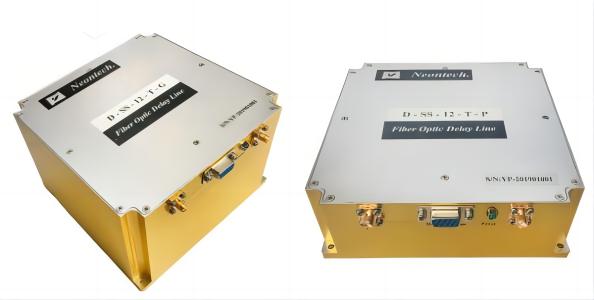
Specific Application in Radar Systems Simulation
Optical fiber delay lines are extensively used in radar systems simulation to replicate radar echo signals. This involves converting RF signals to optical signals, transmitting them through the fiber, and then converting them back to RF signals. The key benefits of using Optical fiber delay lines in radar systems include:
- Constant Delay and Frequency Characteristics: Optical fiber delay lines provide consistent delay and frequency characteristics, making them ideal for replicating the precise timing of radar echo signals.
- Vibration Resistance and Electromagnetic Interference Immunity: Optical fiber delay lines are resistant to vibrations and immune to electromagnetic interference, ensuring reliable performance in various conditions.
- No Energy Radiation: Unlike traditional delay lines, optical fiber delay lines do not radiate energy, making them safer and more efficient.
In radar target simulators, optical fiber delay lines reproduce real-world radar echo signals, including delay and Doppler effects. These systems can precisely replicate signal characteristics, allowing for accurate performance evaluation of radar systems, such as range resolution, frequency agility, and target detection capabilities.
Practical Applications and Benefits
The practical applications of optical fiber delay lines in radar systems and other optical simulators offer numerous benefits:
1. Laboratory Simulation of Radar Environments
Optical fiber delay lines enable radar engineers to simulate complex radar environments in the laboratory. This capability is crucial for testing and optimizing radar systems without exposing them to real-world hazards or adverse conditions.
2. Performance Testing and Optimization
By replicating real-world scenarios, optical fiber delay lines facilitate comprehensive performance testing and optimization of radar systems. Engineers can assess system capabilities, identify weaknesses, and implement improvements in a controlled environment.
3. Flexibility and Reliability Improvements
Optical fiber delay lines enhance the flexibility and reliability of radar systems. Their low loss, wide bandwidth, and large dynamic range make them indispensable components in high-performance radar systems, ensuring consistent and accurate performance.
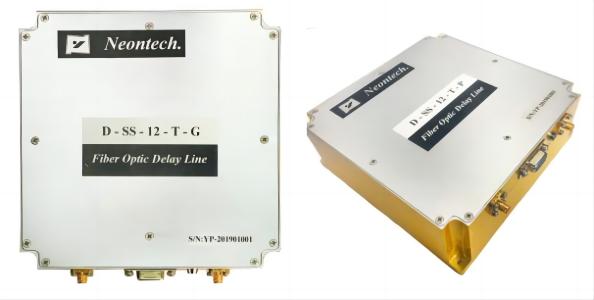
Conclusion
The optical fiber delay line has emerged as a cornerstone in optical simulation, offering precision and adaptability in the face of complex optical and radar system requirements. From the fundamental principles of operation to the cutting-edge advancements in technology, optical fiber delay lines continue to push the boundaries of what is possible in optical simulation. As research and development progress, the future of optical fiber delay lines in optical simulators is poised to witness even greater strides, enhancing the capabilities of optical communication and radar systems across various sectors.


